Most people hear “shark” and instantly picture a great white, thanks to every beach-horror film ever made.
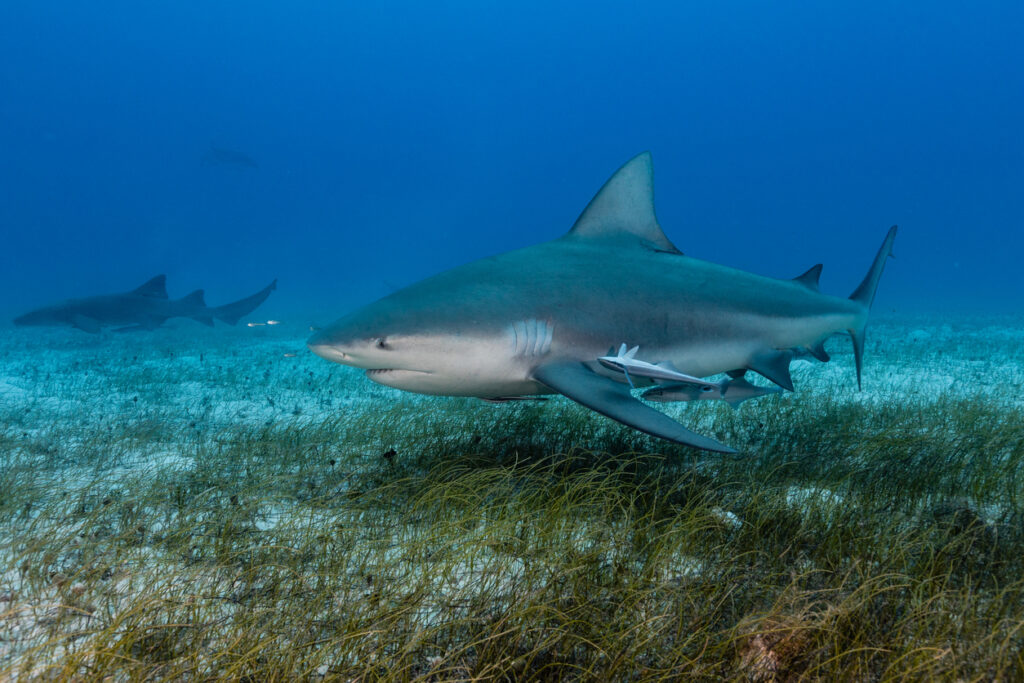
However, bull sharks are just as dangerous—maybe even more in some scenarios. The thing is, these two species don’t behave the same way, don’t hunt in the same places, and don’t even look that much alike when you know what to look for. Whether you’re a diver, surfer, or just someone who occasionally ventures into the ocean, here are 11 crucial ways to tell the difference—and why it matters more than you might think.
1. Bull sharks can swim in freshwater.
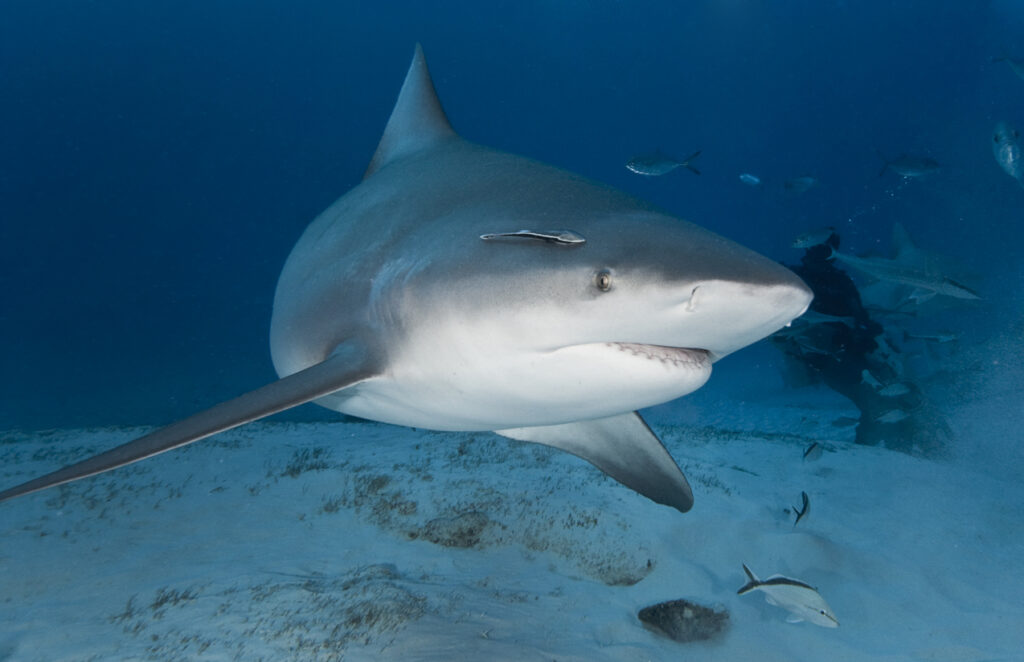
This is one of the biggest and most important differences. While great whites stick strictly to saltwater, bull sharks are perfectly happy cruising up rivers and even into lakes. They’ve been found in the Amazon, the Mississippi, and as far inland as Illinois. Yes, Illinois.
So, if you’re swimming in what feels like a safe, non-ocean body of water and hear about a shark sighting, it’s probably not a great white. It’s more likely a bull shark, and that makes them a bigger wildcard for inland swimmers and river-goers.
2. Great whites are much bigger.
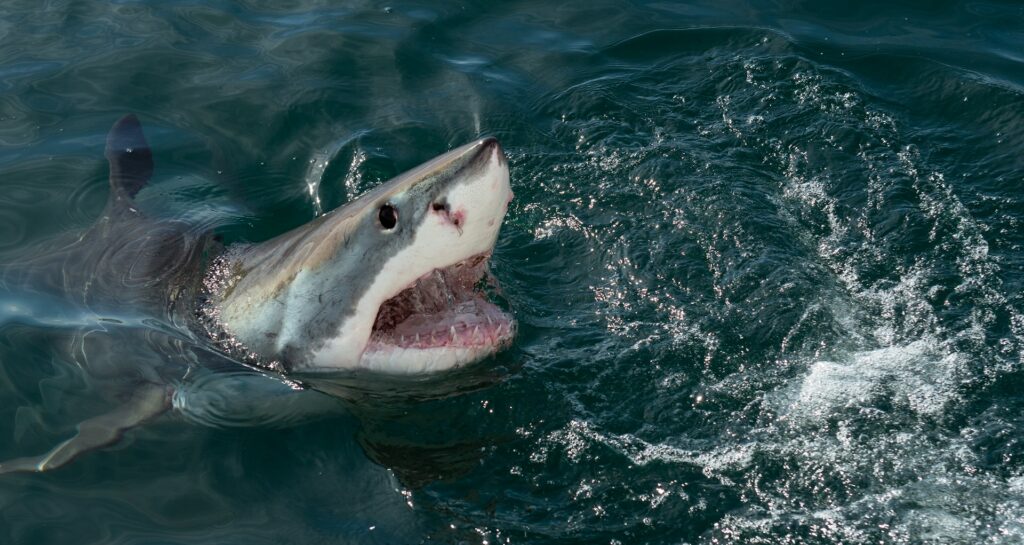
Great whites are the giants of the shark world. Adults can easily reach 15–20 feet long and weigh several thousand pounds. They look powerful, sleek, and unmistakably built for speed and power. Bull sharks top out closer to 7–11 feet, and while they’re thick and muscular, they’re more compact than terrifyingly huge. If the shark you’re looking at is absolutely massive and shaped like a missile, it’s probably a great white.
3. Bull sharks are more aggressive toward humans.
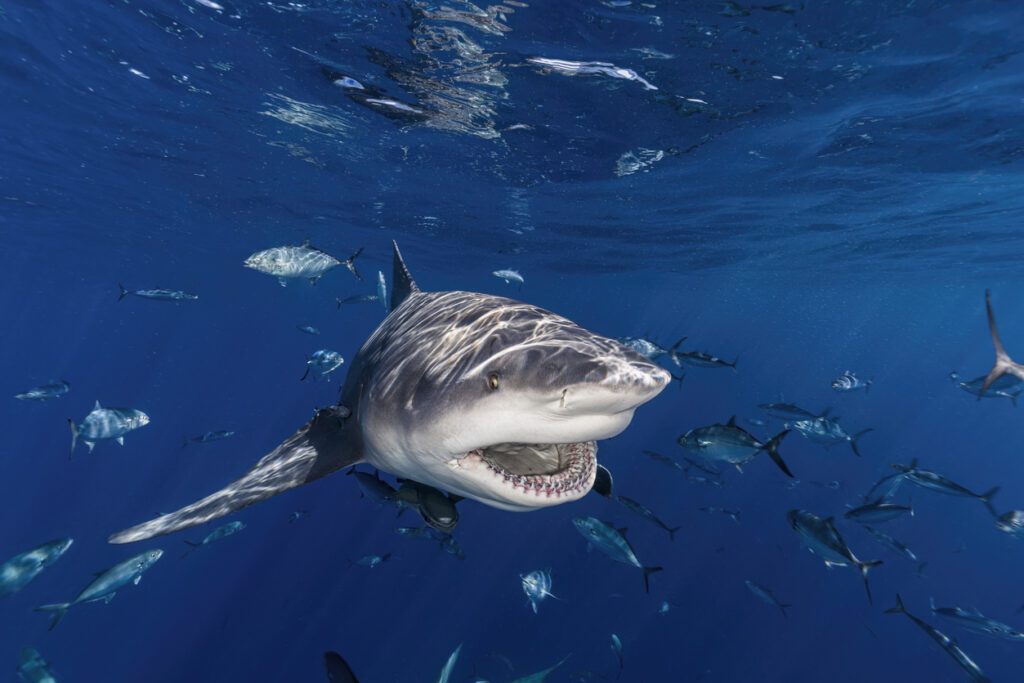
While great whites have more attacks on record, many of those are “mistaken identity” bites, especially with surfers. Bull sharks, on the other hand, have a reputation for being short-tempered and territorial, especially in murky water. If a bull shark feels provoked or cornered, it’s far more likely to go on the offensive. They’re responsible for many near-shore attacks simply because they hang out where people are, and aren’t shy about it.
4. Great whites prefer cooler waters.
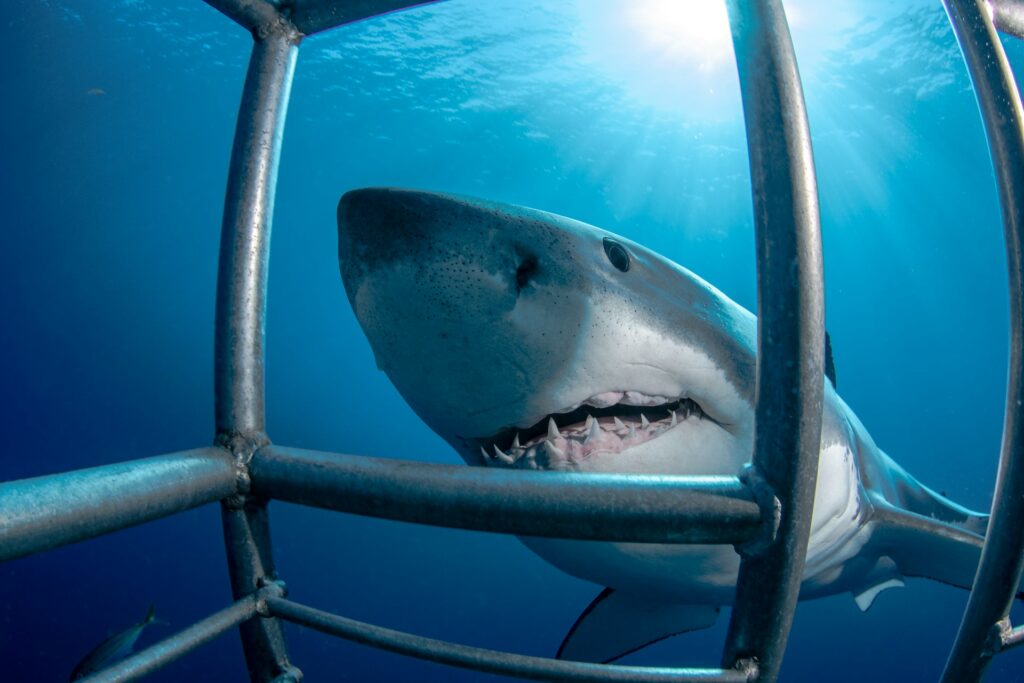
You’ll typically find great whites in cooler coastal waters, particularly in areas like South Africa, California, and parts of Australia. They’re deep-water hunters who prefer temperate seas. Bull sharks, however, thrive in warm, shallow waters—often close to shore, and sometimes in places you’d never expect to find a shark at all. That’s part of why they pose such a risk in populated tropical coastlines.
5. Bull sharks are more common in rivers and estuaries.
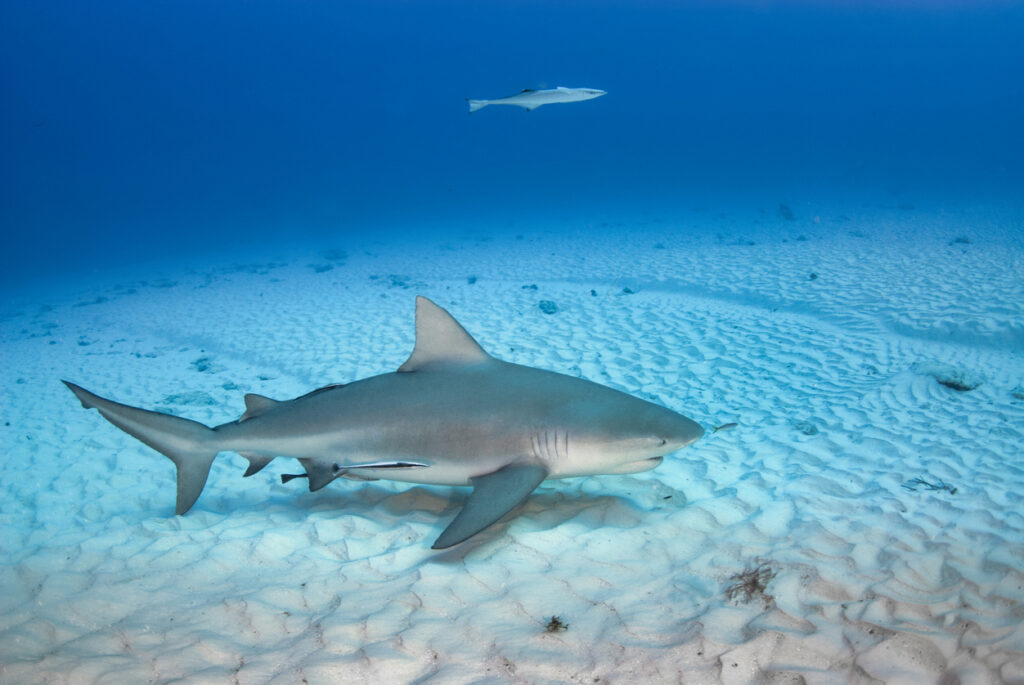
If you’re on a riverbank, paddleboarding in a brackish estuary, or wading into warm muddy waters, it’s not great whites you need to worry about—it’s bull sharks. They can travel far upstream and don’t need full-strength saltwater to survive. The ability to go where other sharks can’t makes them one of the most widely distributed and unpredictable sharks on the planet.
6. Great whites are ambush hunters.
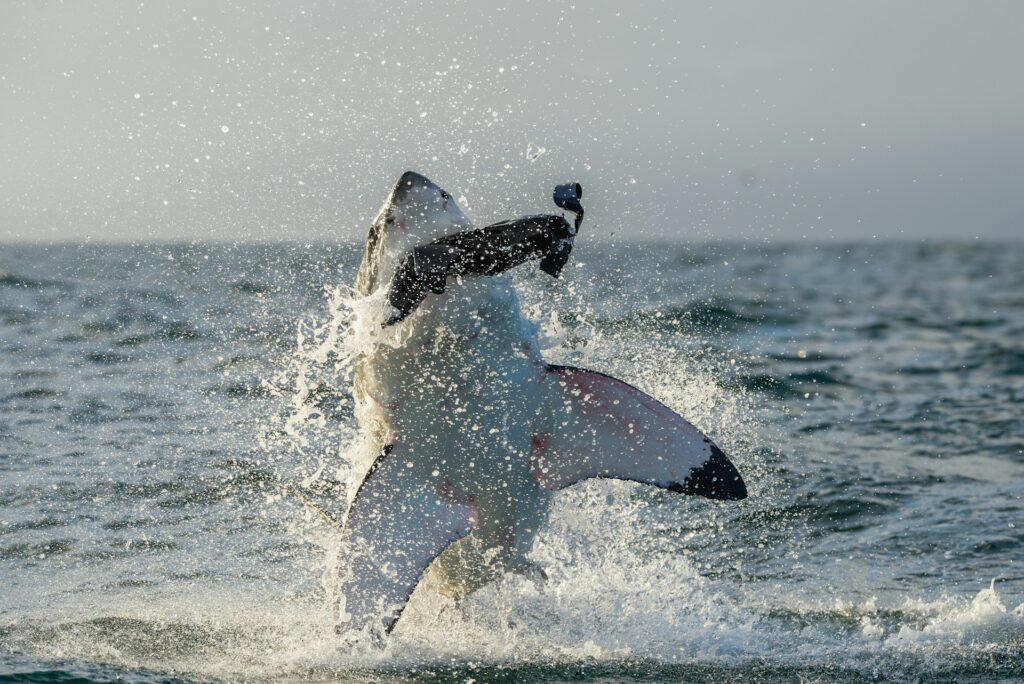
Great whites are known for launching upward attacks, often from deep water, to surprise their prey, especially seals. These high-speed, explosive breaches are iconic for a reason. Bull sharks take a different approach. They rely more on brute strength and raw force than stealth. They’re confrontational and will bite multiple times in shallow water if they feel challenged or curious.
7. Bull sharks are stockier and more blunt-faced.
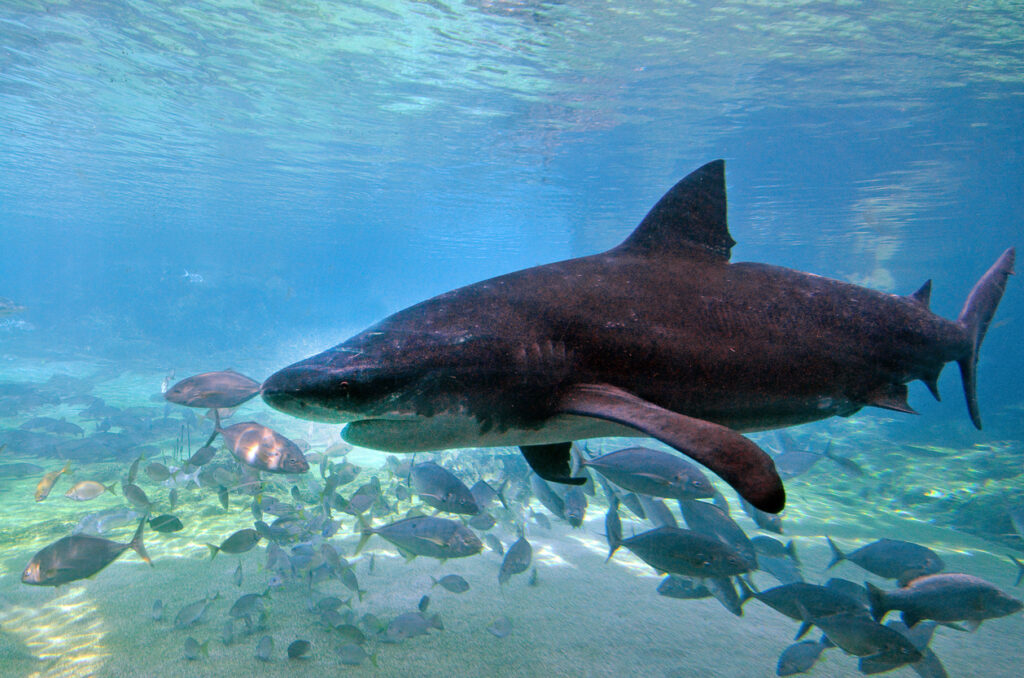
Visually, bull sharks have a stout, thick body with a broad, blunt snout. Their name fits—they really do have that heavy, bullish look, and their short, squat build makes them more compact than streamlined. Great whites, by contrast, have a more torpedo-like body with a pointed snout, a more symmetrical tail, and that iconic, sharp-jawed profile everyone recognises from documentaries and horror films.
8. Great whites rarely enter shallow or murky water.
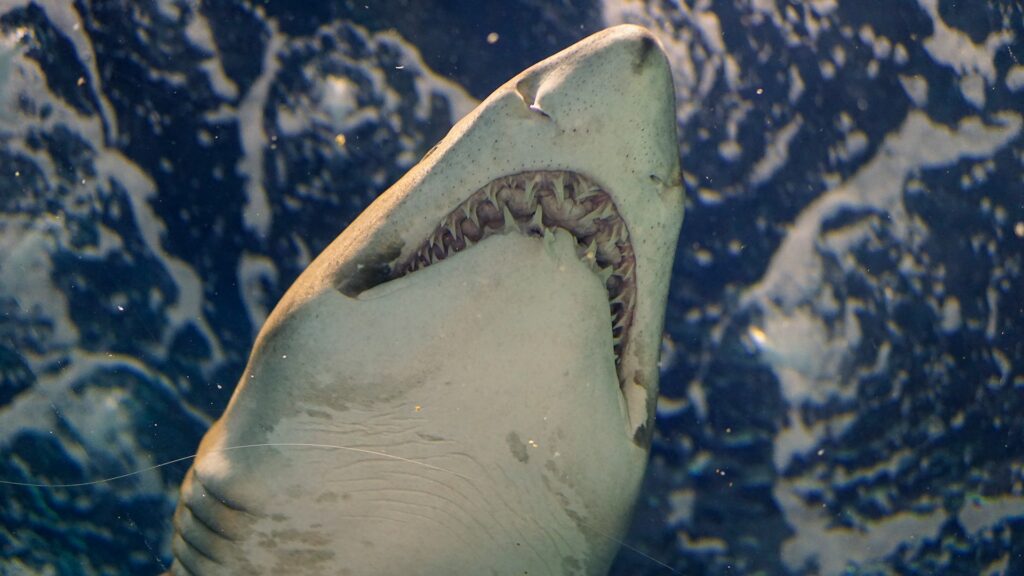
If you’re waist-deep in cloudy surf, the chances of a great white being nearby are relatively slim. They prefer deeper waters where they can cruise, track, and hunt from below. Bull sharks? They’ll wade right in. They’re known to swim in just a few feet of water, especially around river mouths or areas with reduced visibility—exactly where people tend to splash about.
9. Bull sharks often bite more than once.
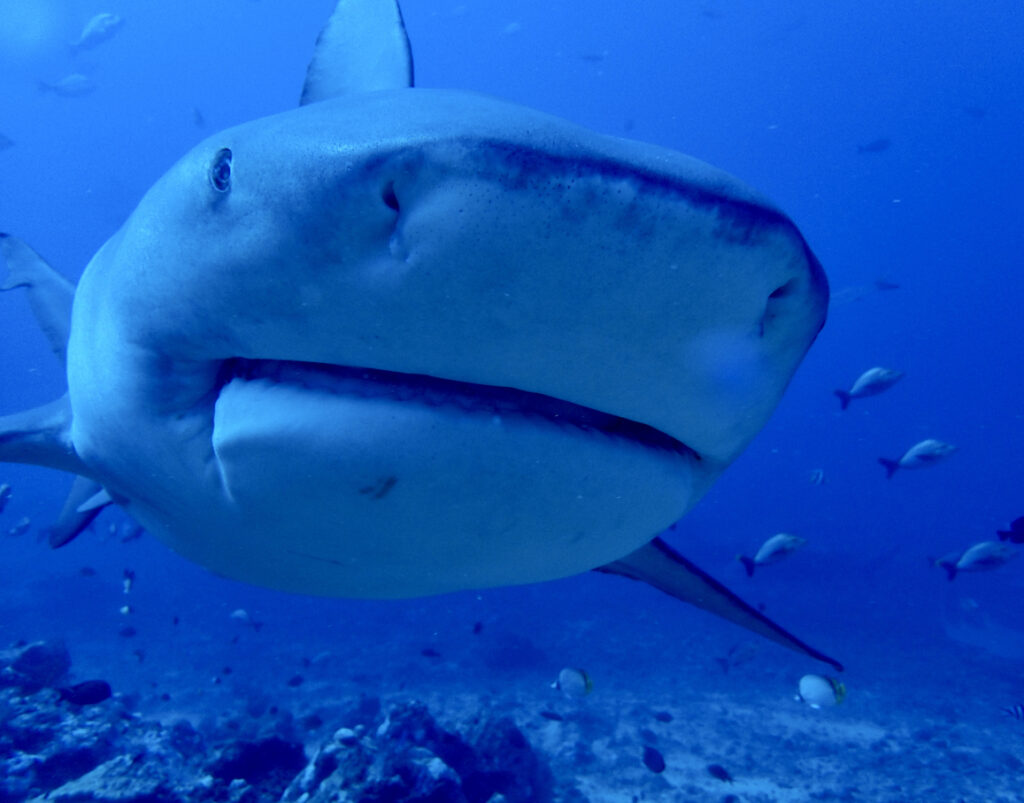
Many great white attacks are single-bite incidents—they often let go when they realise a human isn’t what they were expecting. Bull sharks are less picky. If they decide you’re a threat or a curiosity, they may bite more than once. It’s not about confusion—it’s often about territory or perceived challenge. That’s why bull shark bites can sometimes be more severe, even if they come from a smaller animal.
10. Great whites are easier to spot from above.
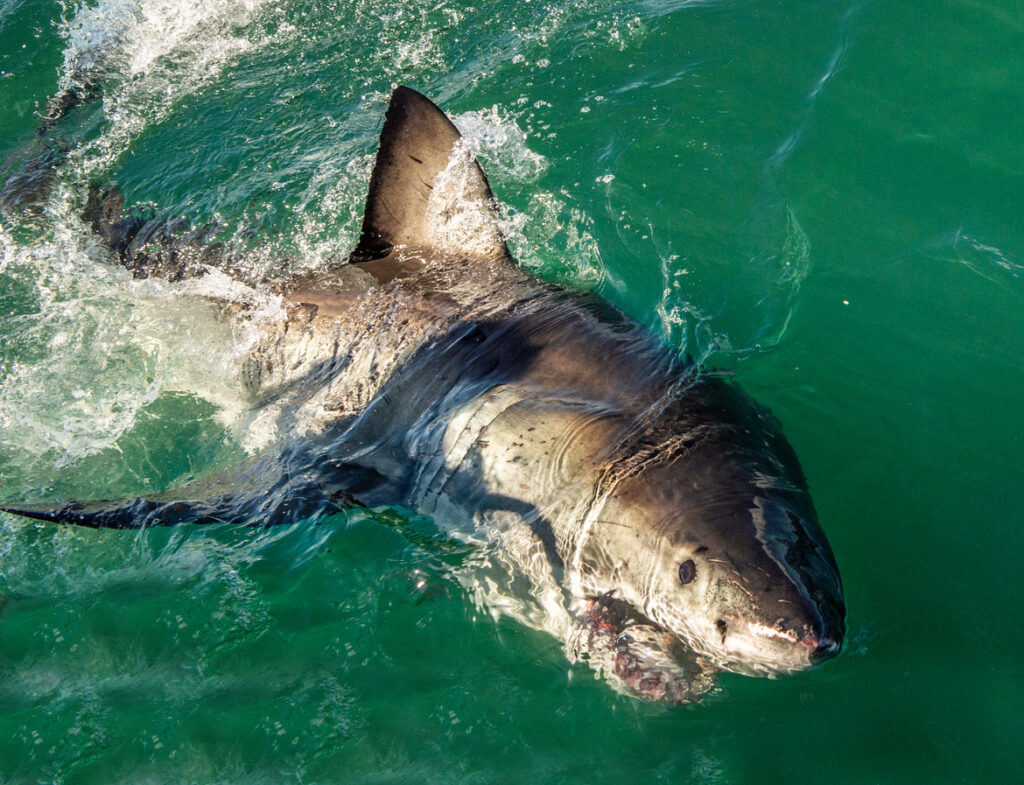
Because of their size and preference for clearer, deeper waters, great whites are more likely to be spotted from boats, helicopters, or drones. Their outline is huge, their movement is smooth, and they’re easier to track in clear water. Bull sharks prefer to stay hidden in murky shallows, which makes them much harder to see coming. This element of surprise adds to their danger, especially in surf zones and estuaries.
11. Bull sharks are responsible for more near-shore attacks.
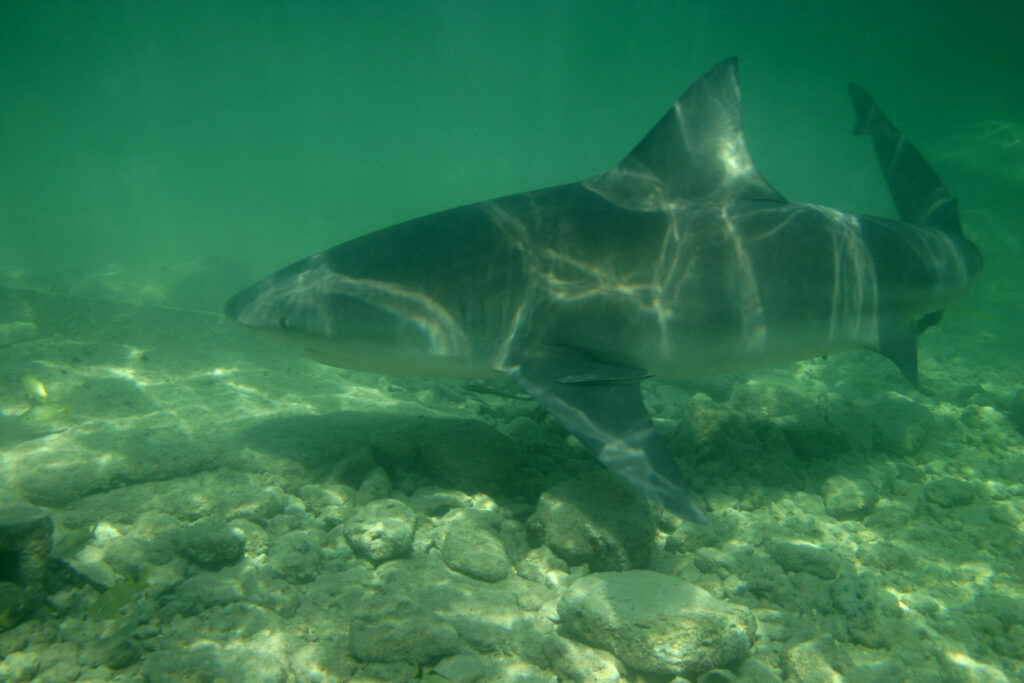
Despite great whites getting most of the media attention, bull sharks are likely responsible for a large percentage of near-shore bites, especially in warm, tropical areas. They’re bold, adaptable, and tend to hang out where humans swim. If you’re in warm, shallow water and hear about a shark encounter close to shore, it’s often a bull shark behind it. Their comfort in human-dominated zones makes them the more likely culprit in beach incidents.